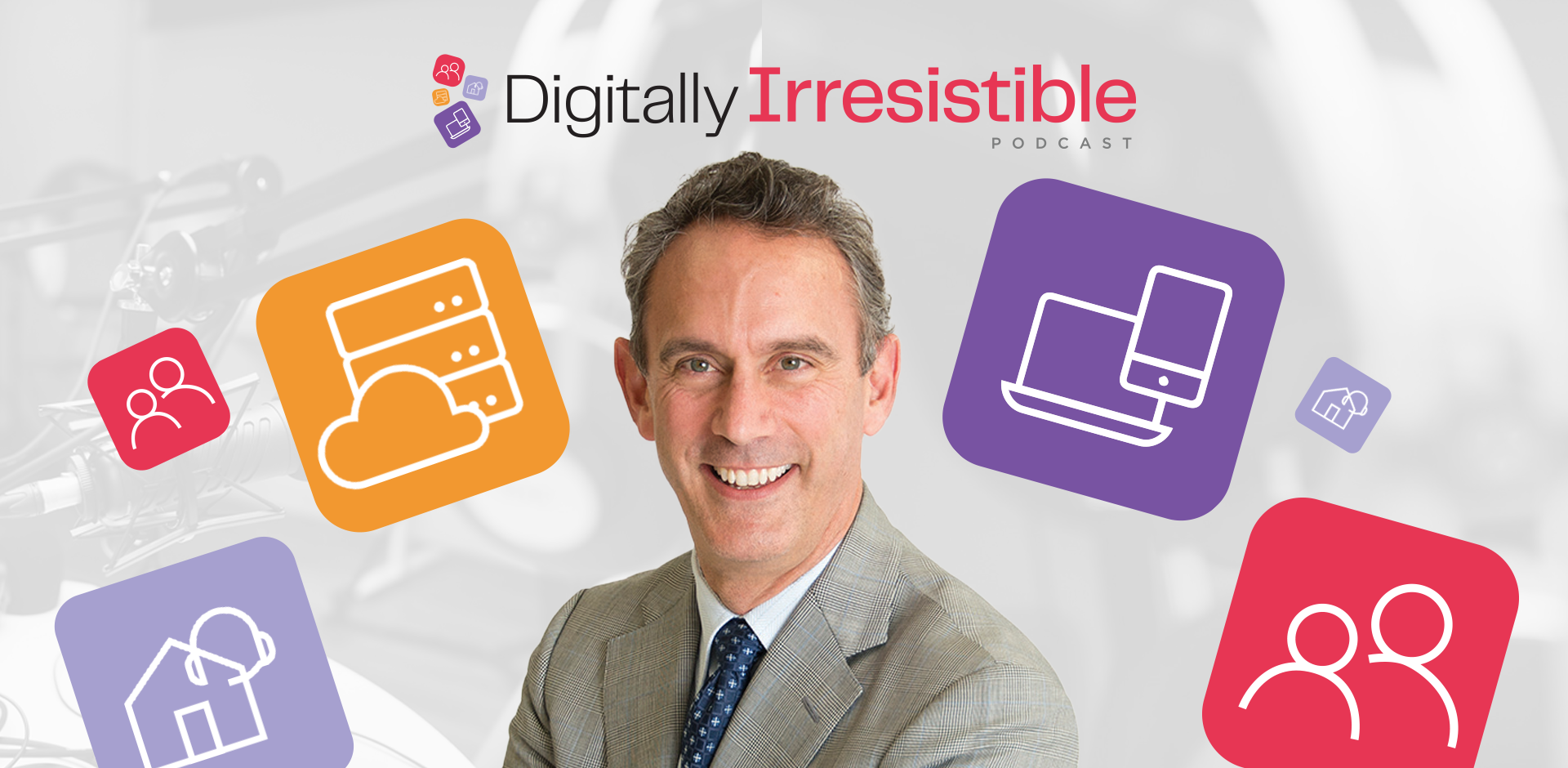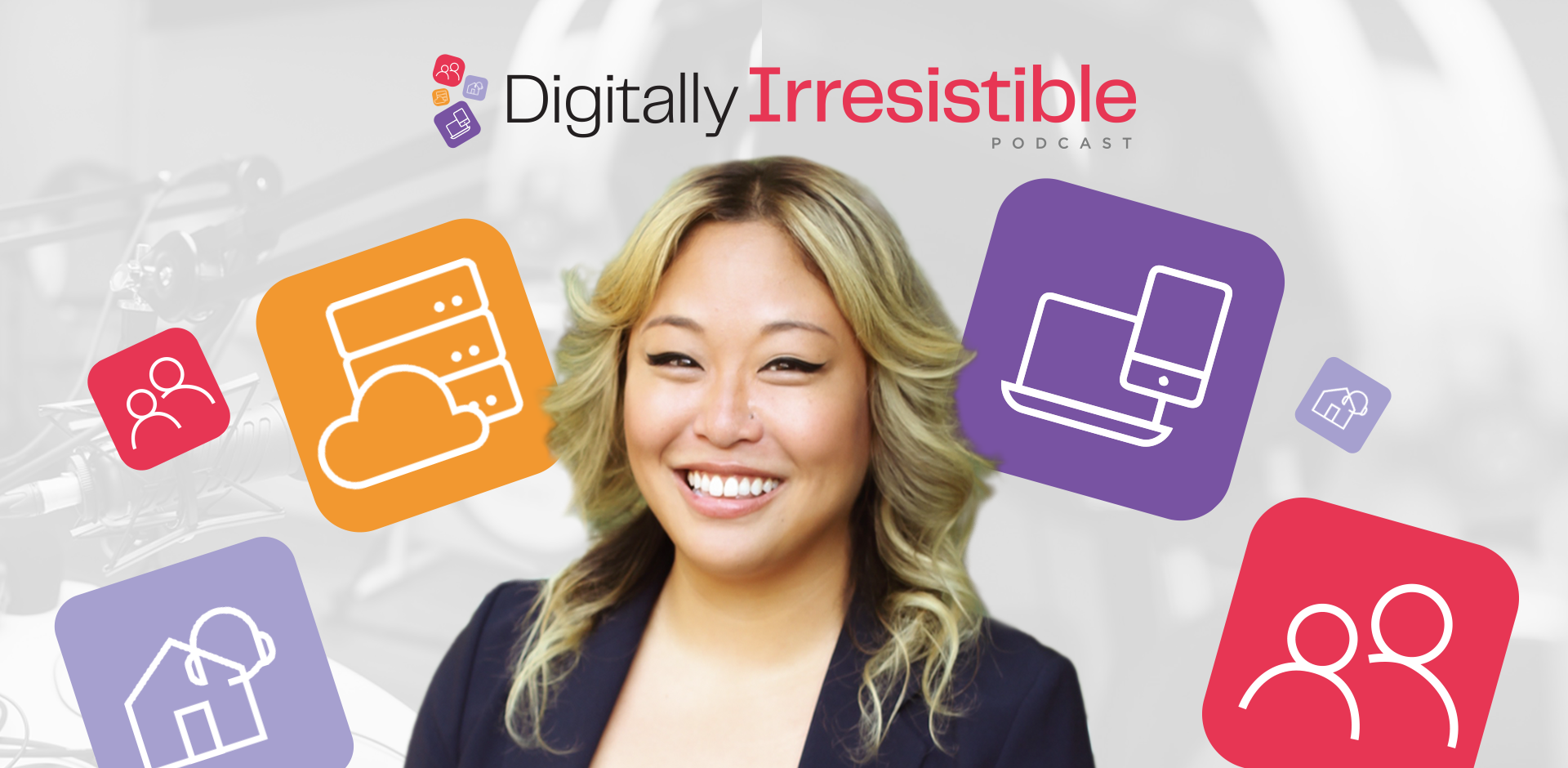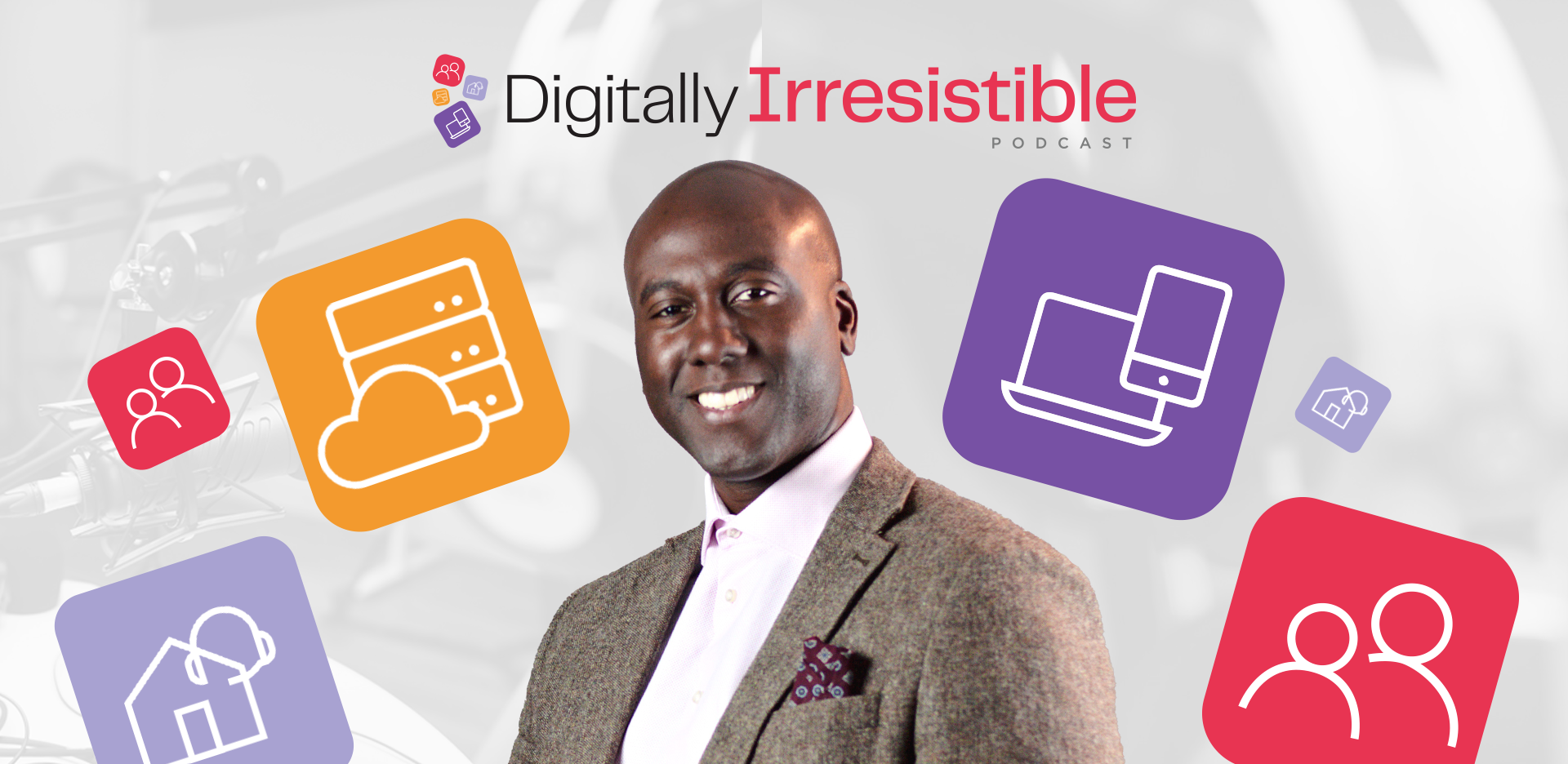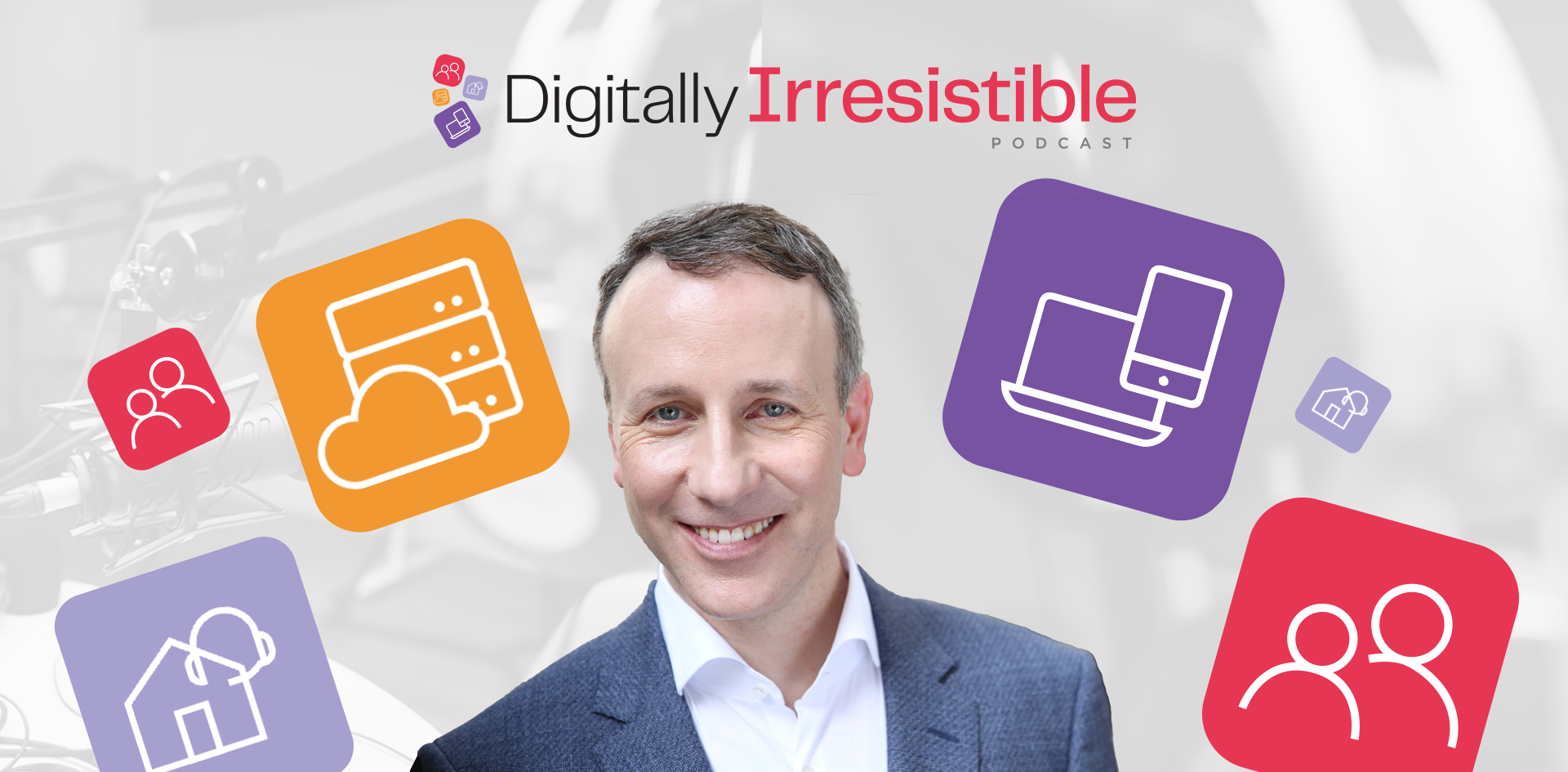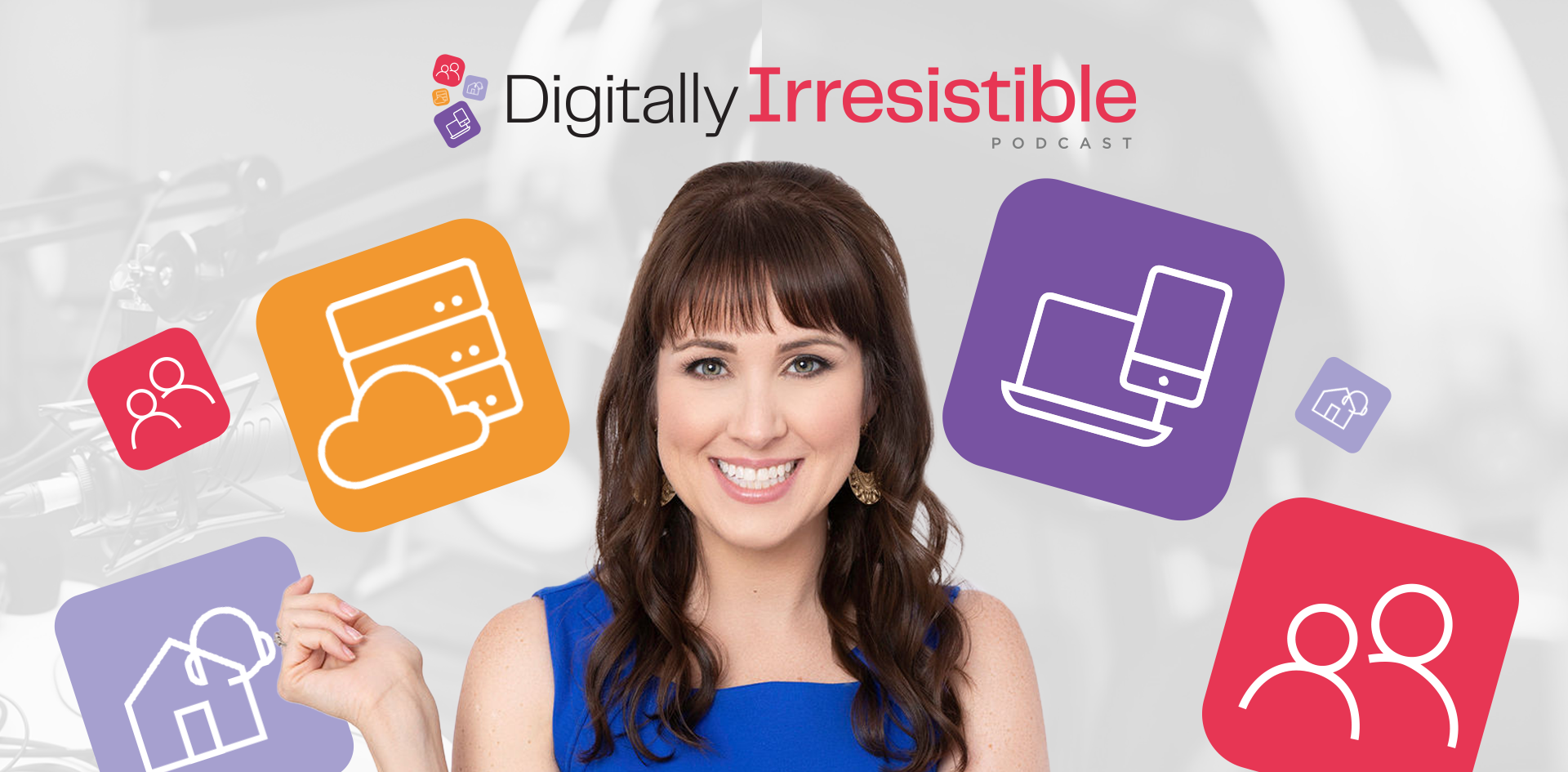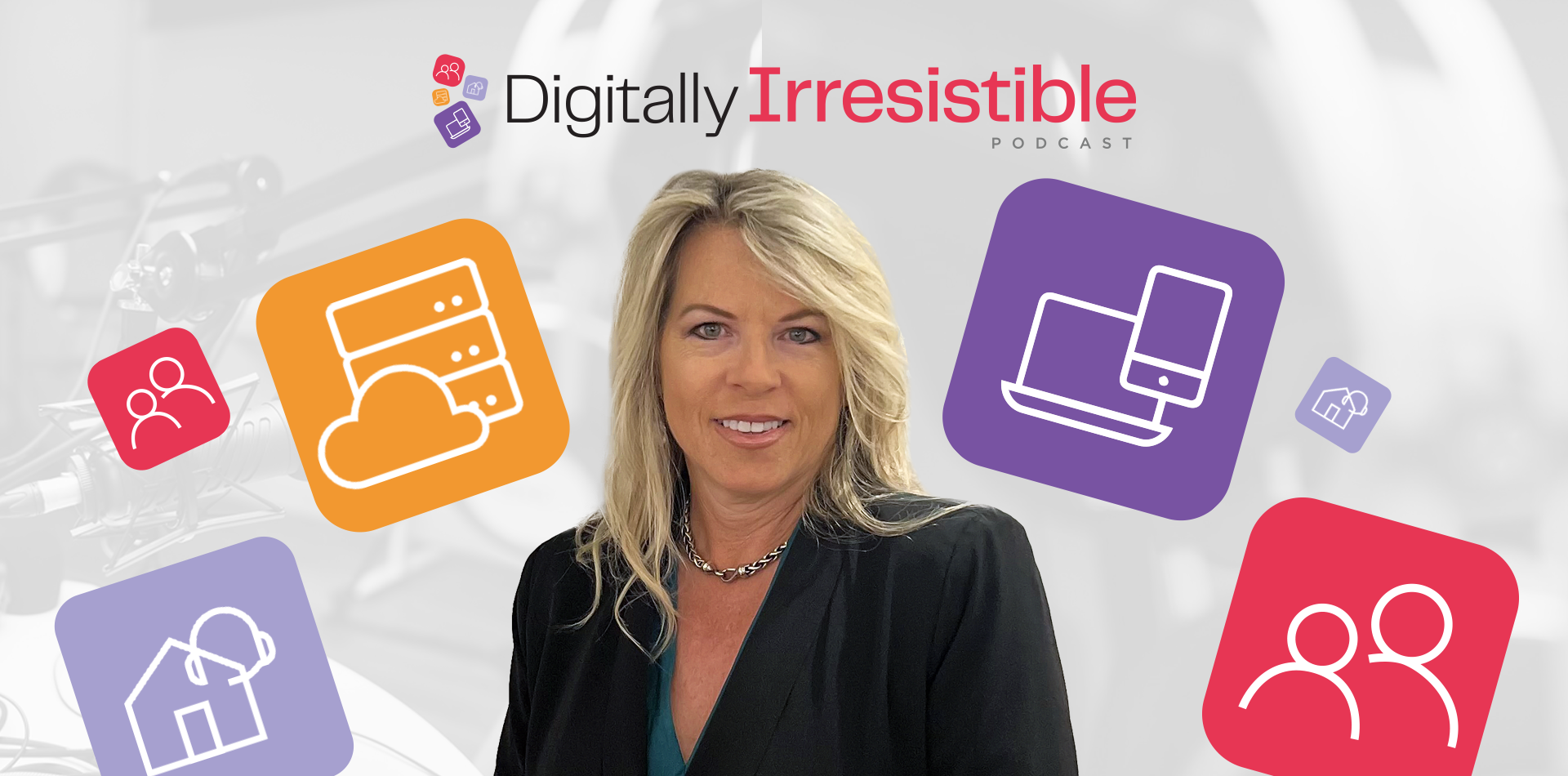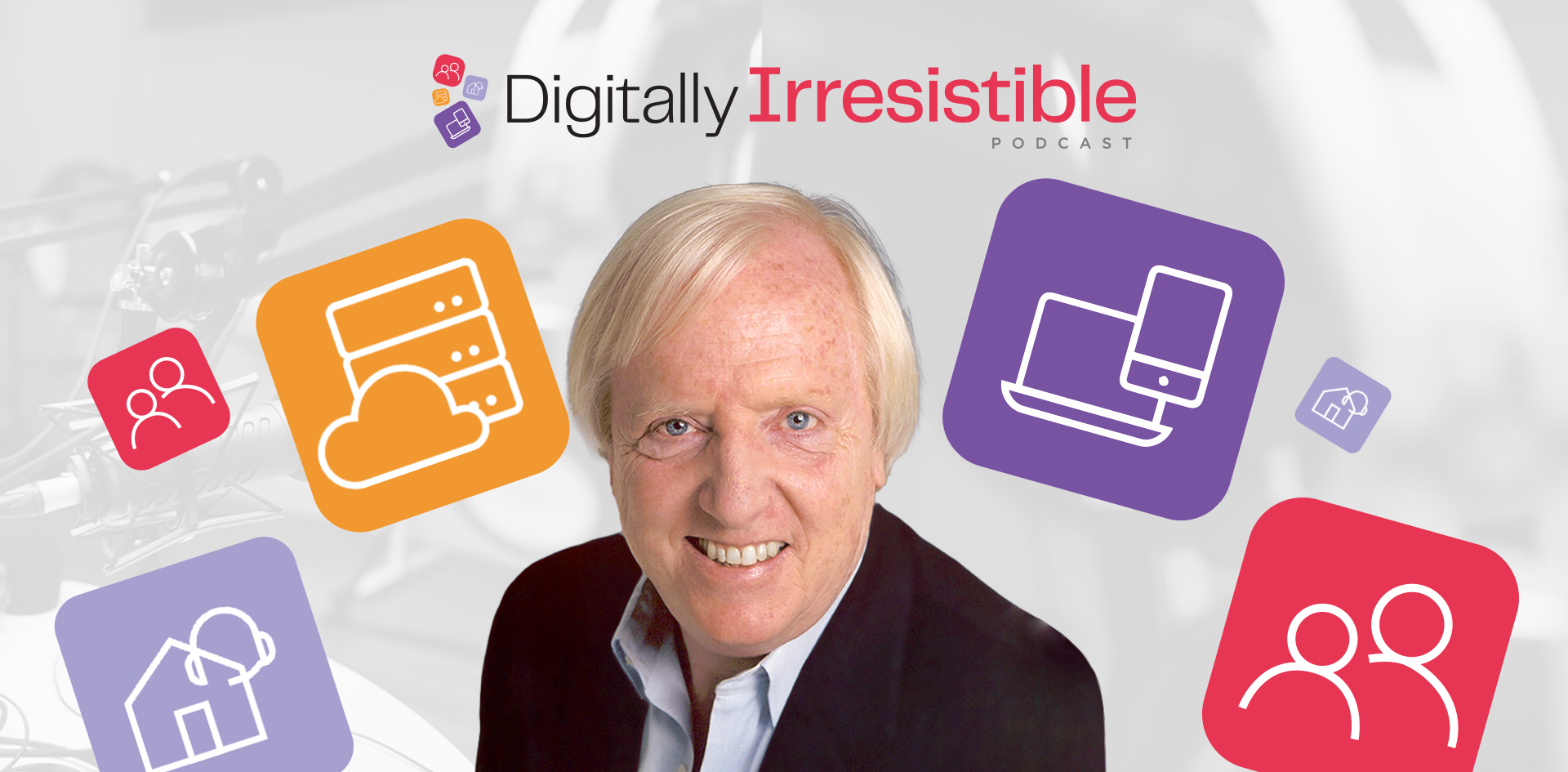Leveraging a Career in Sales and Marketing for CX Innovation
This week, we welcome Stacy Sherman to the Digitally Irresistible podcast. Stacy is an award-winning keynote speaker, author, advisor, and host of the “Doing CX Right” podcast.
Stacy began her career in sales and marketing and has held multiple leadership roles at major companies over the past 25 years. Her approach to “doing CX right” is based on real-world experiences as a strategist and practitioner of customer service experiences. Her HEART & SCIENCE™ framework for CX enables companies to accelerate loyalty and revenue through empowered workforces.
On this episode, we discuss how Stacy’s innovative framework maps out irresistible customer journeys by transforming the relationship between brands, their internal teams, and their customers. ![]()
How an Interest in Consumer Behavior Paved the Way for an Award-Winning Approach to CX
Stacy’s journey to CX expertise began in a high school advertising class. Fascinated by the topic of subliminal advertising, she knew she wanted to launch a career in sales and marketing to understand the underlying psychology of consumer behavior. She held several roles in sales and marketing long before customer experience became a buzzword. Early on, she developed her approach to an experience-based customer journey based on her own real-world experiences with customer behavior and brand engagement.
While working on e-commerce optimization and marketing for a telecommunications company, Stacy was given the opportunity to explore and implement voice of the customer and other CX best practices. She built her understanding from scratch, drawing on her years of experience as an employee, a manager, and a customer to identify gaps in those relationships to improve the customer journey.
This resulted in a two-pillar approach to CX that Stacy calls her HEART & SCIENCE™ Framework. Each pillar forms an acronym representing best practices to revolutionize the customer journey from the inside out. It incorporates empathy and psychology as well as data and scientific methodology that equips brands to drive customer engagement, boost loyalty, and empower their employees to be customer centric.
Connecting Heart and Science to Create Incredible Customer Journeys
Stacy’s wealth of experience taught her the interconnectedness of the customer experience and the employee experience. Effective CX is cultivated by rallying internal employees and frontline customer service agents around a united purpose. Her framework emphasizes company-wide collaboration fueled by the common goal of providing positive customer experiences.
The HEART Approach
Stacy’s initial fascination with the psychology of consumer behavior is represented in the first pillar of her framework, HEART, which describes best practices for both experience-based management and experience-based customer service. For Stacy, this is about going beyond profitability to bring the heart into business.![]() Here’s how her HEART acronym breaks down:
Here’s how her HEART acronym breaks down:
- Honest and authentic communication. Employees and customers value transparency, honesty, and authenticity in brand messaging and internal operations.
- Empower to deliver excellence. Set your teams up for success by equipping them with the resources they need to provide exceptional CX.
- Appreciate and design for DEI. Apply diversity, equity, and inclusion practices to all aspects of the CX space.
- Relationship building. Commit to a relationship approach that emphasizes the value of each individual in the customer journey—from the customers themselves to sales teams, customer service representatives, and employees in other departments.
- Tailor and personalize. Invest in messaging and experiences that are personal to each customer and meet their needs efficiently and effectively.
The SCIENCE Approach
The second pillar, SCIENCE, brings data and scientific methodology into the equation. Stacy explains that internal and external operations must be supported by measurable results to drive customer engagement with truly effective CX. Here’s the breakdown of the SCIENCE acronym:
- Segment and measure by persona. To create a customer journey, you have to know who will take that journey. Identifying detailed customer personas guides relevant brand messaging and customer support.
- Collect feedback. It’s critical to develop effective means of gathering and analyzing feedback from customers and team members on a consistent basis.
- Implement tech for analysis and prioritization. Acquire interaction analytics and machine learning technology that meets your brand’s needs for gathering and analyzing data. This process needs to be ongoing to implement necessary changes based on the feedback received.
- Evidence to get buy-in. Gather results that speak to executive decision-makers to ensure that priorities are aligned from the top down.
- Numeric and qualitative. Present both quantitative and qualitative data to build a multi-level foundation for your brand’s CX effectiveness.
- Collaborate and break siloes. Seamless customer journeys require effective interdepartmental collaboration with informed and prepared teams. This includes eliminating siloes between teams as well as siloes between information sources.
- Experiment. Stacy follows the acronym TAAR: test, analyze, adjust, and repeat regularly to provide customer experiences that evolve along with their needs.
Communication and Collaboration Form the Cornerstones of CX Success
Together, HEART and SCIENCE mesh for active journey mapping that takes the entire customer journey into account. It creates an environment where everyone at the company—from frontline sales agents to back office employees—can experience the domino effect of how each role affects another and contributes to the overall customer experience.
This cross-functional collaboration goes beyond employees by creating processes for brands to engage directly with their customers. Stacy’s framework emphasizes the importance of receiving feedback directly from customers. While advice from sales teams about customers is valuable, receiving direct input from customers about what they need to be and remain loyal customers is critical for sustained CX. Encouraging open communication is at the heart (and science) of Stacy’s innovative CX framework.
HEART and SCIENCE™ in Action
Stacy’s HEART & SCIENCE™ Framework guided CX excellence at a major international engineering company. Employees at this company initially showed some resistance to embracing a customer-centric model. Stacy developed a team to implement the CX initiative and ultimately helped them learn how this approach would drive benefits for employees and customers alike.
Over time, Stacy’s team’s diligent work helped the company grow its potential to embrace CX as a core priority. She implemented her framework with programs, activities, celebrations, and media that built momentum for CX. Now the company shows up for customers every day with empathy and more transparency. By embracing authentic engagement, the customer feedback the engineering company receives goes beyond measures like net promoter scores (NPS) and identifies specific customer needs as well.
Stacy’s HEART & SCIENCE™ framework has encouraged a cultural revolution that prioritizes CX and invests in the tools needed to create an irresistible customer journey. Her fusion of empathy-based heart principles and quantitative science strategies results in a comprehensive framework that empowers and improves the employee experience, boosts customer engagement to drive loyalty, and provides quantitative returns for brands—creating smiles for teams and customers alike. ![]()
What Stacy Does for Fun
Stacy is a talented backgammon player and used to travel internationally to compete in tournaments as a child. More recently, she has learned to play pickleball and says that the social outlet it provides has been a game-changer in her life.
To learn more about Stacy, visit her on LinkedIn and her website at doingcxright.com.


